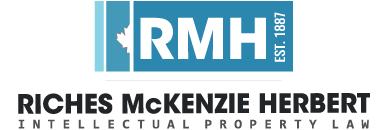Patent law
UNDERSTANDING PATENTS AND INTELLECTUAL PROPERTY PROTECTION
Put simply, patents protect innovation.
They provide a set of legal rights for an invention for a fixed period of time in the jurisdiction for which the patents are granted.
OBTAINING PATENTS
To obtain a patent, the invention must be new, useful, and inventive to a person of ordinary skill in the relevant art. The invention must also belong to a category of patentable subject-matter, such as an apparatus, a machine, a process, a composition of matter, or an improvement of one of these. Patents are not typically granted for abstract ideas, theories, scientific principles, or fine arts.
UNDERSTANDING PATENT APPLICATIONS
Patent applications are published to provide access and notice to the general public—including competitors and researchers—regarding the pending application and information about the invention described therein. Publishing a patent application provides public disclosure of the described invention. It also provides grounds for potential remedy for any infringing activities that may occur after the patent is published, but before it is issued.
After a patent is granted, the patentee has the exclusive right to make, construct, sell, and use the invention. The patent is also enforceable against others to prevent them from doing the same without licensing or permission from the patentee.
As an alternative to filing a patent application, some inventors may decide to keep their invention a “trade secret.” This means they are trying to protect their invention by keeping it secret, instead of pursuing the legal protection that a patent offers in exchange for public disclosure. The advantage of maintaining an invention as a trade secret is that there is no mandated disclosure or publication of a patent application (and therefore, the invention). On the other hand, trade secrets may not be used to prevent competitors from manufacturing and selling similar or identical products by “reverse engineering” the invention. When deciding how to best protect an invention, it is important to consider various factors, including the nature of the invention, relevant markets, and competitors.
THE BENEFITS OF PATENTING INVENTIONS
Patents incentivize innovation. The publication of patent applications and patented inventions contributes to a growing wealth of knowledge and technological advancements across all industries, providing an important resource for researchers, academics, businesses, and the greater community, while also rewarding inventors with certain legal rights in exchange.
Patents can be valuable assets that provide inventors with exclusive rights to make, construct, use, and sell the products or services they protect. They can also be made the subject of license agreements or form part of intangible assets. A patent agent can help you prepare and file patent applications and commercialize issued patents.
HOW RMH CAN ASSIST PATENTING INVENTIONS
When patenting an invention, timing can be important. Preparing and filing a patent application requires various steps that must be completed properly and in a timely manner. Certain missteps in preparing, filing, or prosecuting a patent application can lead to significant or substantial challenges in ultimately obtaining the patent.
The registered patent agents at RMH regularly assist clients through the entire application process, from preparing the application to representing clients in purchase or licensing agreements. Our agents will guide you through drafting, filing, and prosecuting a patent application, advise you on compliance with the Patent Act, and correspond with the Canadian Intellectual Property Office (CIPO) on your behalf. In the event of patent infringement, our lawyers are experienced in enforcing patent rights through various means, including litigation, negotiation, and delivering cease and desist letters. We can also help clients pursue patent protection in foreign countries and regions through our network of foreign associates and ensure their inventions are protected inside and outside of Canada.
CONTACT US
Search the Canadian Intellectual Property Office’s Patent database.
Feel free to contact us, if you have any questions regarding our patent services, or to arrange a confidential telephone appointment with our knowledgeable staff.
Our CONTACT
Riches McKenzie & Herbert LLP
|
2 BLOOR STREET EAST, SUITE 1800, TORONTO, CANADA M4W 3J5 |
|
| (416) 961-5000 | |
| 09.00 am to 5.00 pm E.S.T. | |
| riches@patents-toronto.com |

